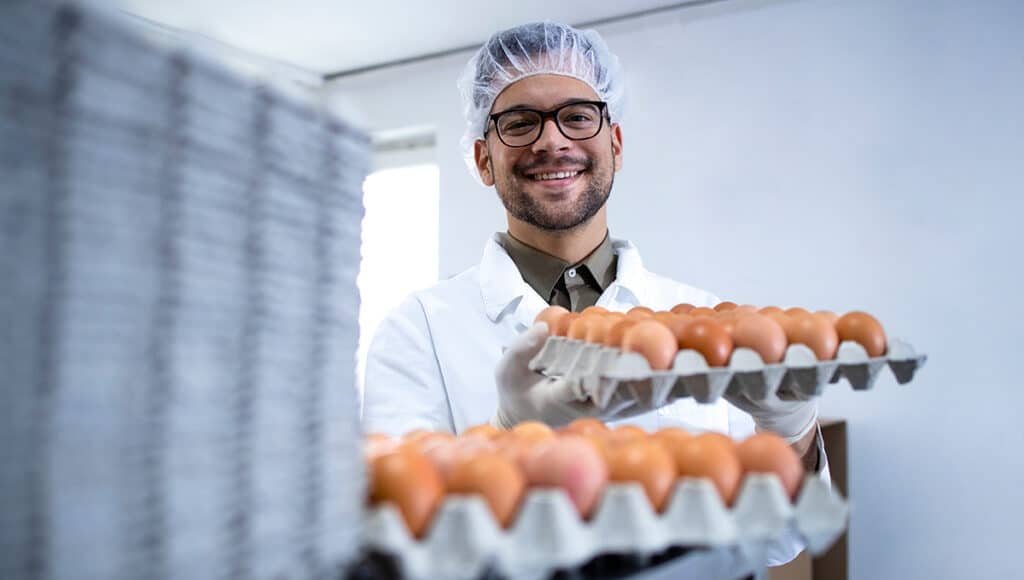Editor’s Note: This content was last updated 3/14/24.
Food processing plants must adhere to stringent standards in handling food products to ensure consumer safety. Various factors, including airborne debris and facility moisture, can lead to the formation of harmful bacteria, ultimately impacting the quality of the end product.
To prevent contamination and cross-contamination in processing facilities, here are five essential tips for maintaining food safety:
1. Keep ramps and carts clean
Sanitation is paramount in ensuring the safety of a food processing facility. It’s crucial to thoroughly clean and dry ramps used for moving carts containing organic and non-organic products. This extends to carts and rampways accessing freezers, as bacteria can remain dormant when food is frozen, necessitating cleaning to eliminate potential bacterial growth.
2. Color code brushes and buckets
To minimize cross-contamination, use color-coded brushes and buckets in food processing facilities. Assign specific colors for cleaning pasteurized food contact surfaces, non-food contact surfaces, surfaces with raw milk products, and floor drains, ensuring consistency across different areas of the plant.
3. Clean all equipment and machinery
Regular cleaning of all equipment and machinery is essential to prevent contamination. This includes refrigeration equipment, HVAC systems, contact surfaces, drains, and heat exchangers. Stainless steel equipment is particularly effective in preventing bacterial contamination due to its durability and ease of cleaning.
4. Ensure workers are healthy
Maintaining the health of workers is crucial in preventing contamination during food handling. Employees should not work while sick or exhibiting symptoms such as vomiting, diarrhea, sore throat, or fever. Proper hygiene practices, including frequent handwashing and wearing clean clothing, further reduce the risk of contamination.
5. Heat products with appropriate equipment
Proper heating of food products is essential in preventing contamination issues. Utilizing the appropriate shell and tube heat exchanger is crucial to achieving the required temperature to eliminate bacteria effectively. Factors such as product type, heating requirements, and production volume should be considered when selecting the appropriate equipment, necessitating consultation with a heat exchanger professional for optimal results.

